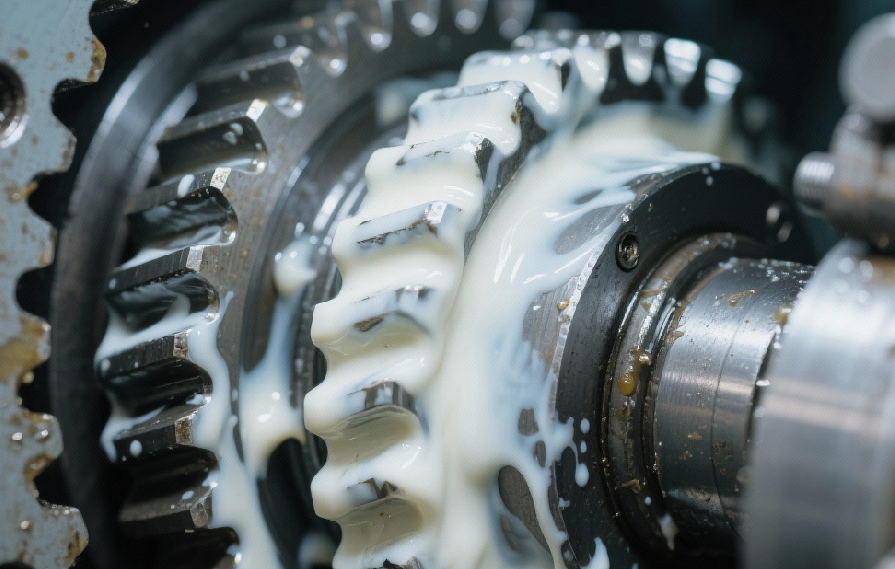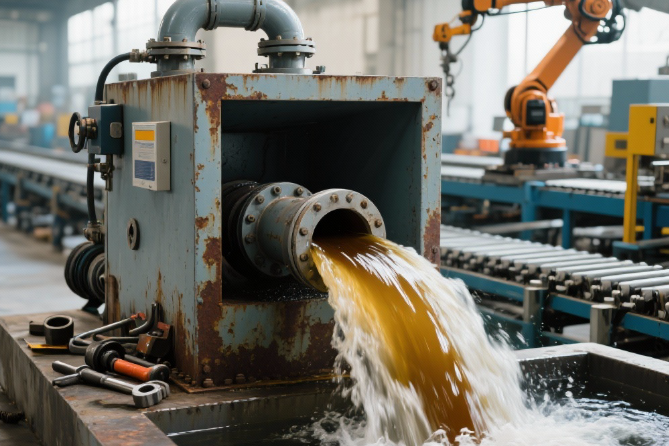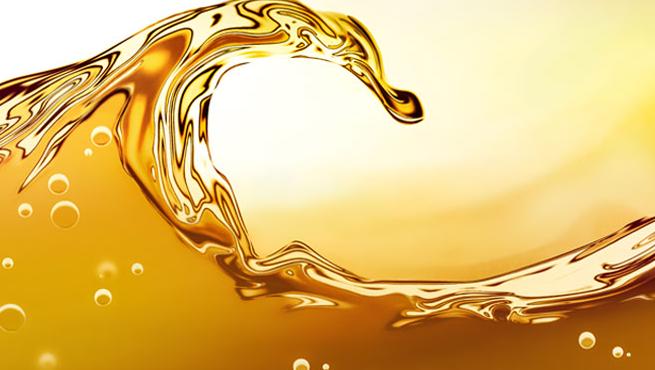What Is the Maximum Temperature for Transformer Oil Filtration? (Safe Limit: 65°C)
Controlling temperature is one of the most important parameters in transformer oil filtration. For standard vacuum oil purification systems, the maximum safe operating temperature is 65°C. Exceeding this value can accelerate oil deterioration, reduce insulation strength, and pose safety risks.
Below is a detailed explanation of why the 65°C limit is critical—and how to choose the optimal temperature for the best filtration results.
Why the Maximum Filtration Temperature Should Not Exceed 65°C
1. Preventing Oil Aging and Oxidation
Transformer oil is primarily composed of hydrocarbons, which oxidize rapidly when exposed to oxygen at elevated temperatures.
High temperature accelerates:
Increase in acid value
Formation of sludge and deposits
Decline in dielectric and insulation strength
Sludge produced through oxidation can accumulate on windings and the transformer core, hindering heat dissipation and potentially causing insulation failure.
Around 65°C, oxidation accelerates sharply, so this value is widely accepted as the safe upper limit.
2. Ensuring Equipment and Operator Safety
Higher-than-recommended temperatures introduce operational hazards:
Burn risks for operators
Damage to seals, gaskets, rubber hoses, and heating components
Potential overheating of the purifier’s internal structure
Keeping the temperature within a controlled range prevents unnecessary mechanical stress and safety incidents.
3. Achieving the Best Filtration and Dehydration Efficiency
Heating transformer oil improves fluidity because viscosity decreases with temperature. This allows:
Faster flow through filter elements
Higher dehydration and degassing efficiency
More stable purification performance
However, more heat is not always better. The filtration process typically achieves the best balance between efficiency and oil protection at 50°C to 60°C.
Recommended Filtration Temperature Ranges
| Temperature Range | Explanation & Operational Meaning |
|---|---|
| < 40°C | Oil viscosity is high, flow is slow, dehydration efficiency drops sharply. Not recommended unless required by special conditions. |
| 50°C – 60°C | Optimal range: Low viscosity, high filtration speed, strong dehydration/degassing efficiency. Best balance between performance and oil stability. |
| 65°C | Maximum safe limit for standard purifiers. Only approach briefly under special circumstances (e.g., difficult dehydration). Requires close monitoring. |
| > 70°C | Danger zone: Rapid oxidation, permanent oil degradation, and high safety risk. Strictly prohibited. |
Special Note: For Nitrogen-Protected or Fully Enclosed Systems
The limits above apply to standard vacuum oil purifiers used with mineral transformer oil.
For advanced systems—such as:
Fully enclosed purifiers
Nitrogen-sealed purification systems
Low-oxygen or oxygen-free filtration environments
—higher temperatures (up to ~70°C, or as specified by the manufacturer) may be allowed because oxidation is minimized when oxygen is excluded.
Always follow your equipment’s official operating manual, as design tolerances vary between manufacturers.
Final Recommendation
To ensure the best combination of filtration efficiency, dehydration performance, and transformer oil lifespan:
✔ Maintain filtration temperature between 50°C and 60°C
✔ Never exceed 65°C on a standard vacuum oil purifier
✔ Follow manufacturer guidelines for special nitrogen-protected systems.













